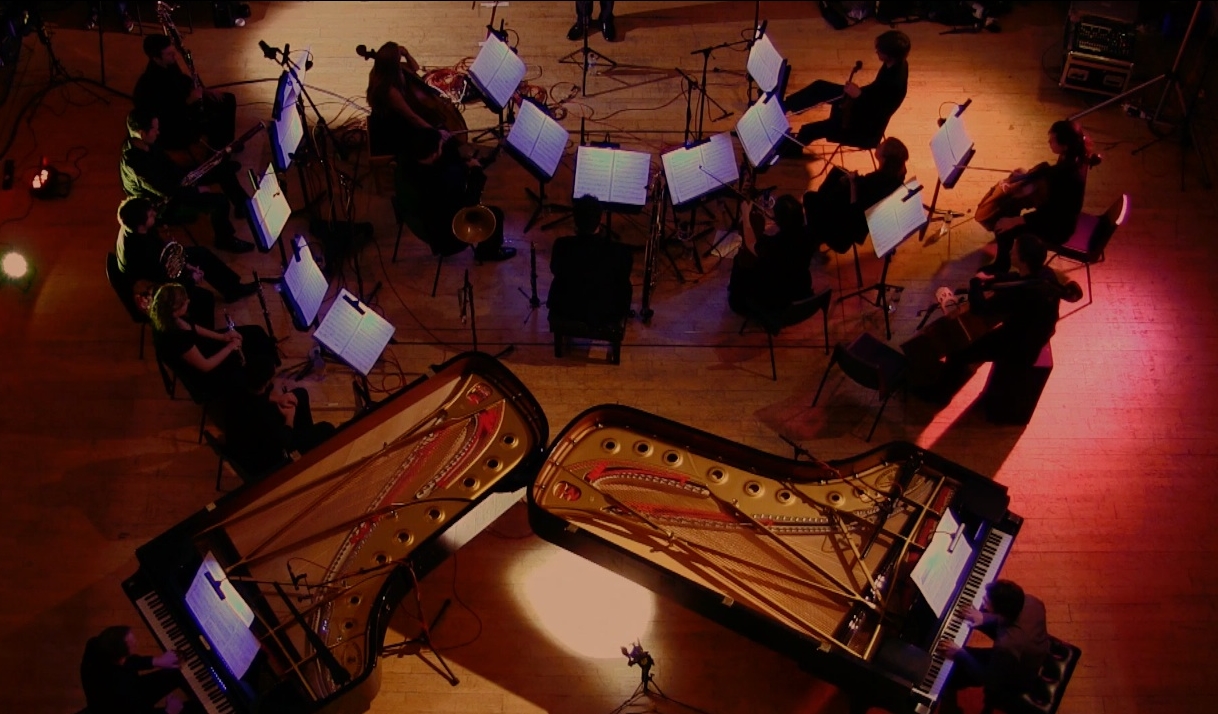
Reflections on Memory
Memory is that crucial capacity that allows experience and behaviour to change over time in relation to what we have experienced, and how we have behaved, in the past. Every age has found its own metaphor for memory. For Plato it was a block of wax, softer or harder according to our individual nature. It has been likened to a library, a filing system, a spool of film, a hard drive. But self-evidently we aren’t built from wax, or paper, or film or silicon circuits: we are living flesh and blood: memory is ubiquitous in our bodies. Our bones gain strength when we exercise – they lose it if we float in space and we rely on the keen memory of our immune systems. But no other organ matches the plasticity of the brain. Current estimates suggest that the human version contains about 86 thousand million neurons or nerve cells; each of these makes on average around 1,000 connections with other cells: there are therefore around a hundred million million of these points of encounter or ‘synapses’ in the brain. Given the right encouragement, synapses visibly proliferate. Over the years, our experience and behaviour create a network of living paths within the brain, a set of vibrant highways, that codes every one of our skills and our habits, every hard won fact, every fond recollection.